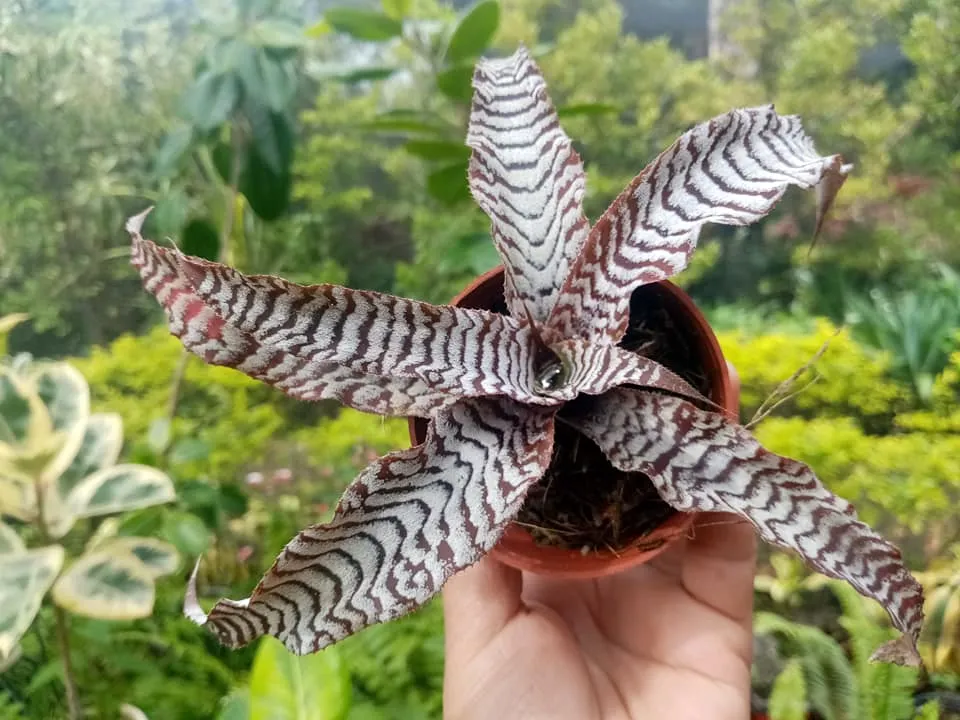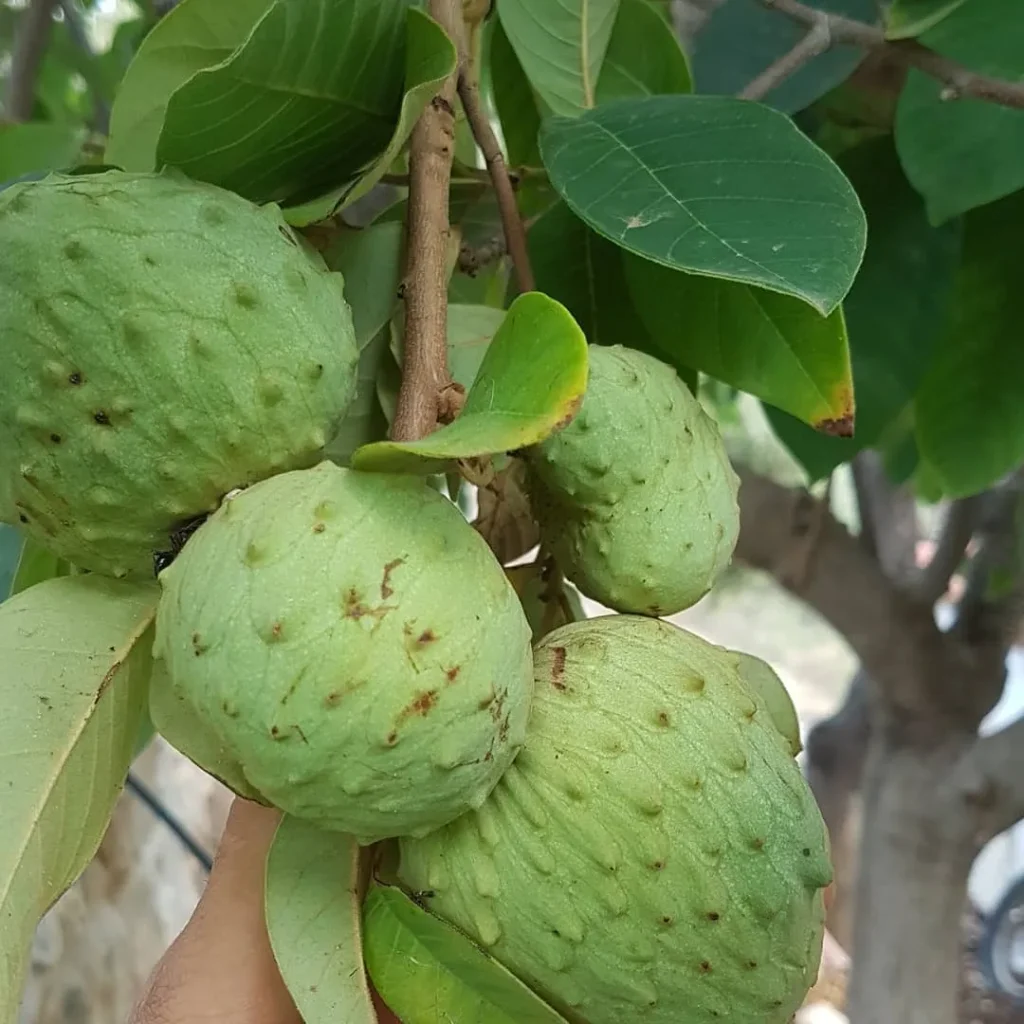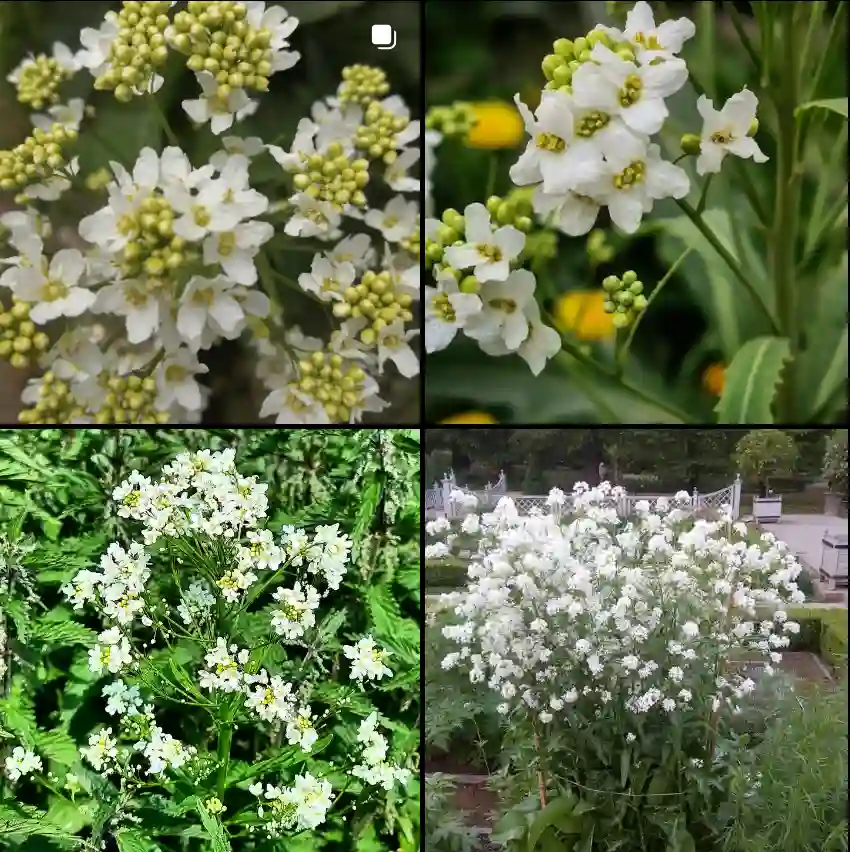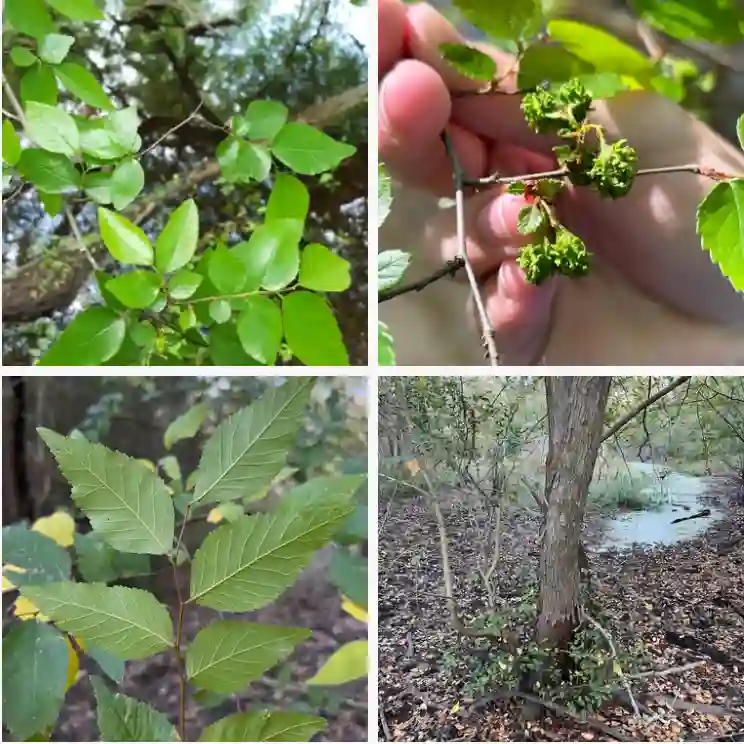FAQs About Woodwardia Unigemmata: My Personal Experiences and Insights
As someone deeply immersed in the world of plants, I’ve encountered a range of fascinating species, and Woodwardia Unigemmata stands out as one of the most intriguing. This fern, commonly known as the Woodwardia Fern, belong to the Aspleniaceae family, has unique characteristics and care requirements that make it a valuable addition to any plant collection. Here, I’ll share my personal insights and experiences about this plant, covering its care, propagation, toxicity, and more.
Plant Family: 26 Genera in Aspleniaceae
What is Woodwardia Unigemmata?
Woodwardia Unigemmata, also known as the Woodwardia Fern, is a species of fern that is native to various parts of Asia, including Japan, Korea, and China. This fern is part of the Blechnaceae family and is renowned for its striking, large fronds that can reach impressive lengths. The plant is often admired for its ability to add a lush, tropical feel to gardens and indoor spaces.
How to Care for Woodwardia Unigemmata?
Caring for Woodwardia Unigemmata requires attention to its specific needs. Here’s what I’ve learned through my experiences:
- Light Requirements: Woodwardia Unigemmata thrives in indirect, filtered light. Direct sunlight can scorch its delicate fronds, so it’s best to place it in a location with dappled sunlight or under the canopy of taller plants.
- Watering: This fern prefers consistently moist soil, but it doesn’t like to sit in waterlogged conditions. I find that watering it regularly, allowing the top inch of soil to dry out between waterings, keeps it happy. Using a well-draining soil mix helps prevent root rot.
- Humidity: High humidity is crucial for Woodwardia Unigemmata. In my experience, maintaining a humidity level above 50% is beneficial. If your indoor air is dry, using a humidity tray or a room humidifier can help.
- Temperature: The plant prefers moderate temperatures, ideally between 60°F and 75°F (15°C to 24°C). It’s sensitive to frost, so if you’re growing it outdoors in cooler climates, ensure it’s protected during winter.
How to Propagate Woodwardia Unigemmata?
Propagation of Woodwardia Unigemmata can be a bit tricky, but here’s a method that has worked for me:
- Spores: This fern propagates mainly through spores. Collecting spores involves waiting until the sporangia (spore-producing structures) on the underside of the fronds turn brown. Once they’re ready, gently scrape them into a container. Sowing the spores on a moist, sterile growing medium, like sphagnum moss, and covering the container with plastic to maintain humidity will encourage germination.
- Offsets: Occasionally, you might find that the fern produces offsets or small plantlets at the base. These can be carefully separated and potted up as new plants.
What to Plant With Woodwardia Unigemmata?
Woodwardia Unigemmata pairs well with other shade-loving plants. In my garden, I’ve had success planting it alongside hostas, astilbes, and other ferns. These companions share similar light and moisture requirements, creating a harmonious and lush garden bed.
Is Woodwardia Unigemmata Toxic?
I’ve found that Woodwardia Unigemmata is non-toxic to pets and humans. This makes it a safe choice for homes with curious animals or children. However, as with any plant, it’s always a good idea to ensure that pets or young children don’t consume plant material, as even non-toxic plants can cause mild digestive upset.
Benefits and Common Problems
Benefits: Woodwardia Unigemmata offers several benefits:
- Aesthetic Appeal: Its large, dramatic fronds make a bold statement in any space.
- Air Purification: Like many ferns, it helps improve indoor air quality by filtering out pollutants.
- Low Maintenance: Once established, it requires minimal care.
Common Problems:
- Brown Fronds: If the fronds turn brown, it’s often a sign of insufficient humidity or overexposure to sunlight. Adjusting the plant’s location and ensuring proper humidity can remedy this.
- Pests: Watch out for pests like spider mites and scale insects. Regularly inspecting the plant and treating any infestations promptly helps keep it healthy.
Compare with Other Similar Plants
When comparing Woodwardia Unigemmata with other ferns, such as the Nephrolepis exaltata (Boston Fern) or the Adiantum (Maidenhair Fern), it stands out due to its larger fronds and more robust growth habit. Unlike the Boston Fern, which can be more delicate and require more frequent watering, Woodwardia Unigemmata is somewhat more forgiving. The Maidenhair Fern, while also beautiful, tends to be more finicky about humidity levels, making Woodwardia a more resilient choice for less controlled environments.
In conclusion, Woodwardia Unigemmata is a remarkable fern that adds a touch of elegance to any plant collection. Its unique care requirements and benefits make it a rewarding plant to grow. Whether you’re an experienced gardener or a plant enthusiast looking for something new, this fern is definitely worth considering.
If i die, water my plants!



